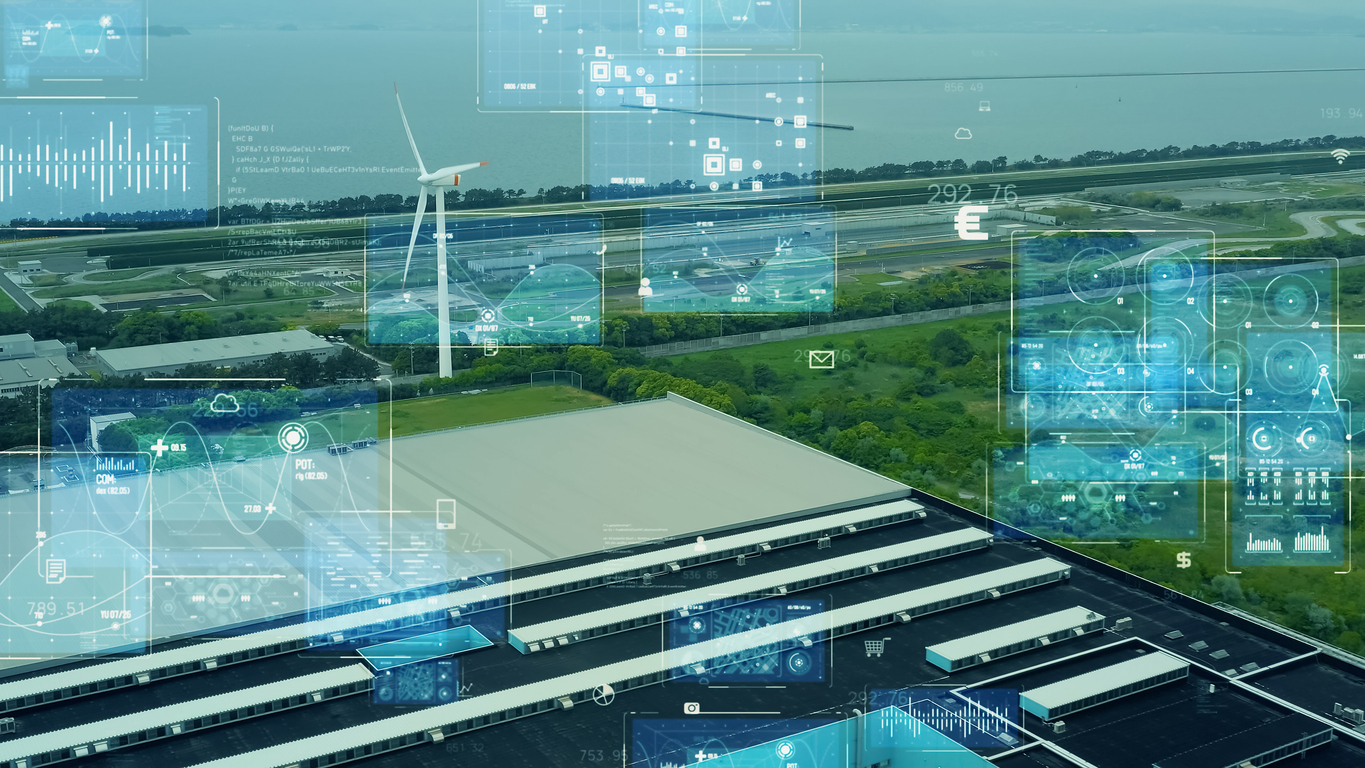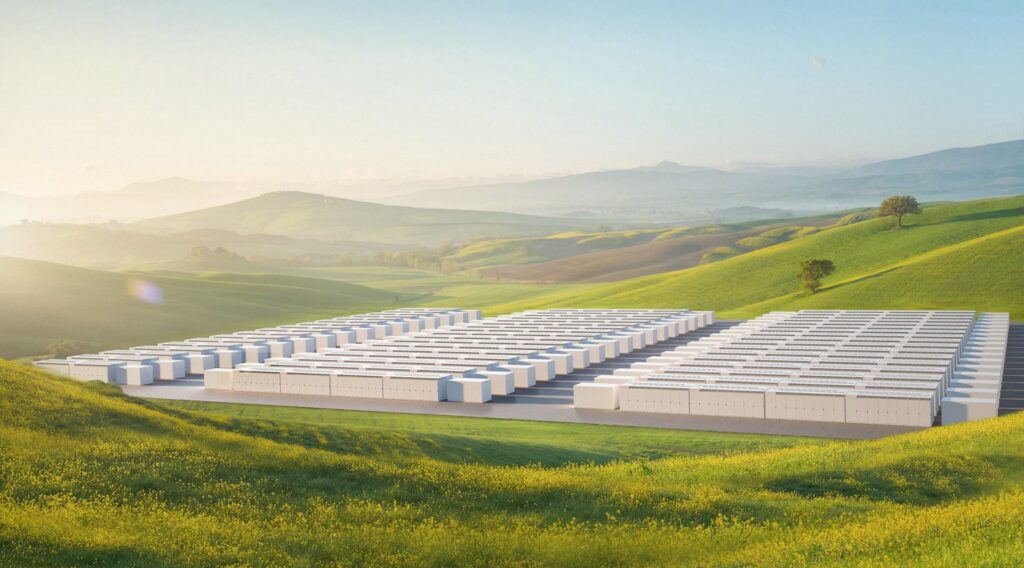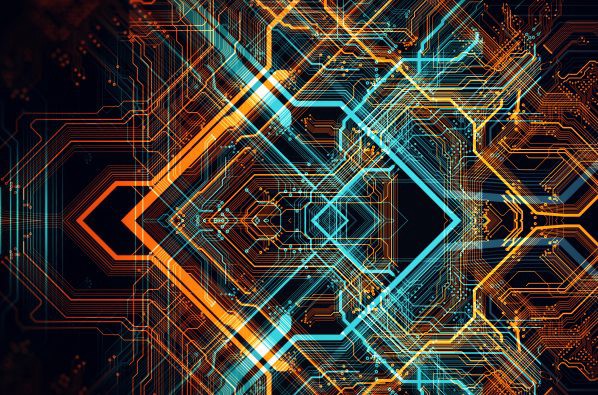The convergence of artificial intelligence (AI) and renewable energy is reshaping our technological and environmental landscape. As AI’s computational demands grow, so does the need for sustainable energy solutions. A recent report from the Tony Blair Institute of Change notes that this intersection presents an opportunity to transform energy challenges into innovative technological solutions.
Navigating the Green Grid
Global investments in renewable energy make it clear: the world is hot pursuit of a better way to capture and use renewable energy. In the 2023 World Energy Investment Report, economists projected that investors would commit $1.74 trillion to renewable energy projects. And the numbers only seem to be trending upward.
However, integrating renewables into existing grid systems poses significant challenges such as the intermittent nature of wind and solar energy creates supply variability, while grid infrastructure limitations often result in curtailment, the deliberate reduction of renewable energy output.
Recognizing these challenges, the U.S. Department of Energy has begun exploring AI solutions for the energy transition. In April 2024, they outlined use cases and guardrails for utilizing AI in grid operations, focusing on near-term deployable solutions. But as we seek to harness AI for grid optimization, we must also confront the energy demands of AI itself.
From Warehouses to Powerhouses
As AI applications proliferate, their energy requirements grow exponentially underscoring the need for innovative, sustainable power solutions. To address this escalating demand, we need to reimagine the very foundation of our digital infrastructure: the data center.
Since the 1940’s the concept of data centers has evolved dramatically. Whereas data centers used to be static computing facilities, today we’re seeing the emergence of dynamic and specialized AI-focused facilities.
These new data centers are being reimagined with environmentally conscious designs, incorporating scalable approaches, renewable energy integration, and water-free cooling systems. This evolution sets the stage for innovative solutions that fuel AI’s power needs with renewable energy’s untapped potential.
Bridging the Gap: AI Meets Renewable Energy
To address the dual challenges of powering AI and integrating renewable energy, several innovative solutions are emerging:
- Flexible load technologies: These allow data centers to adapt to the intermittent nature of renewable energy supply, helping to balance grid demand and supply.
- Co-location strategies: By bringing computing facilities directly to energy sources, transmission losses can be minimized and excess energy can be utilized effectively.
- Batch processing: This approach allows for the utilization of excess renewable energy during periods of high supply and low demand.
- Demand response programs: These programs incentivize data centers to adjust their energy consumption based on grid conditions, further improving overall system stability.
A New Paradigm in Action: Soluna’s Approach
Soluna exemplifies these innovative solutions in action. Their scalable data centers, co-located with renewable energy sources, convert excess energy into computational work.
Project Dorothy, a 100-megawatt data center in Texas connected to a wind farm, demonstrates this model’s effectiveness. The wind farm faced challenges including unsold power due to grid overload and low demand. Soluna’s solution involved purchasing the excess energy, enabling the plant to sell energy even during periods of abundance, and stabilizing the grid by adjusting demand as needed.
The outcomes were significant: the plant owners earned more, received all available tax credits, met debt commitments on time, and gained the ability to predict revenues more accurately. This success story points the way toward a more sustainable future for computing.
These trends suggest a future where computing and energy systems work in harmony, but achieving this vision will require concerted effort and collaboration.
Forging the Future of Sustainable Computing
The future of AI and renewable energy are inseparably intertwined. As Soluna CEO John Belizaire shares, “The convergence of computing and energy is inevitable.” Collaboration between tech companies, energy providers, and policymakers will be crucial in shaping a sustainable, AI-powered future.
For power producers, partnering with innovative computing companies can turn energy challenges into opportunities. For AI companies, offloading infrastructure costs while advancing sustainability goals is becoming increasingly feasible through these new models.
As we continue to innovate, we’re not just redefining computational power; we’re reshaping our energy landscape and paving the way for a more sustainable future. The solution to our energy challenges might already exist in the form of computing.
By bringing demand directly to the source, we can help power plants increase revenue while contributing more megawatts to the grid. In this way, the very technology that drives our digital future can also be the key to a more sustainable energy landscape.




